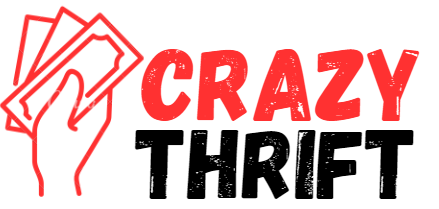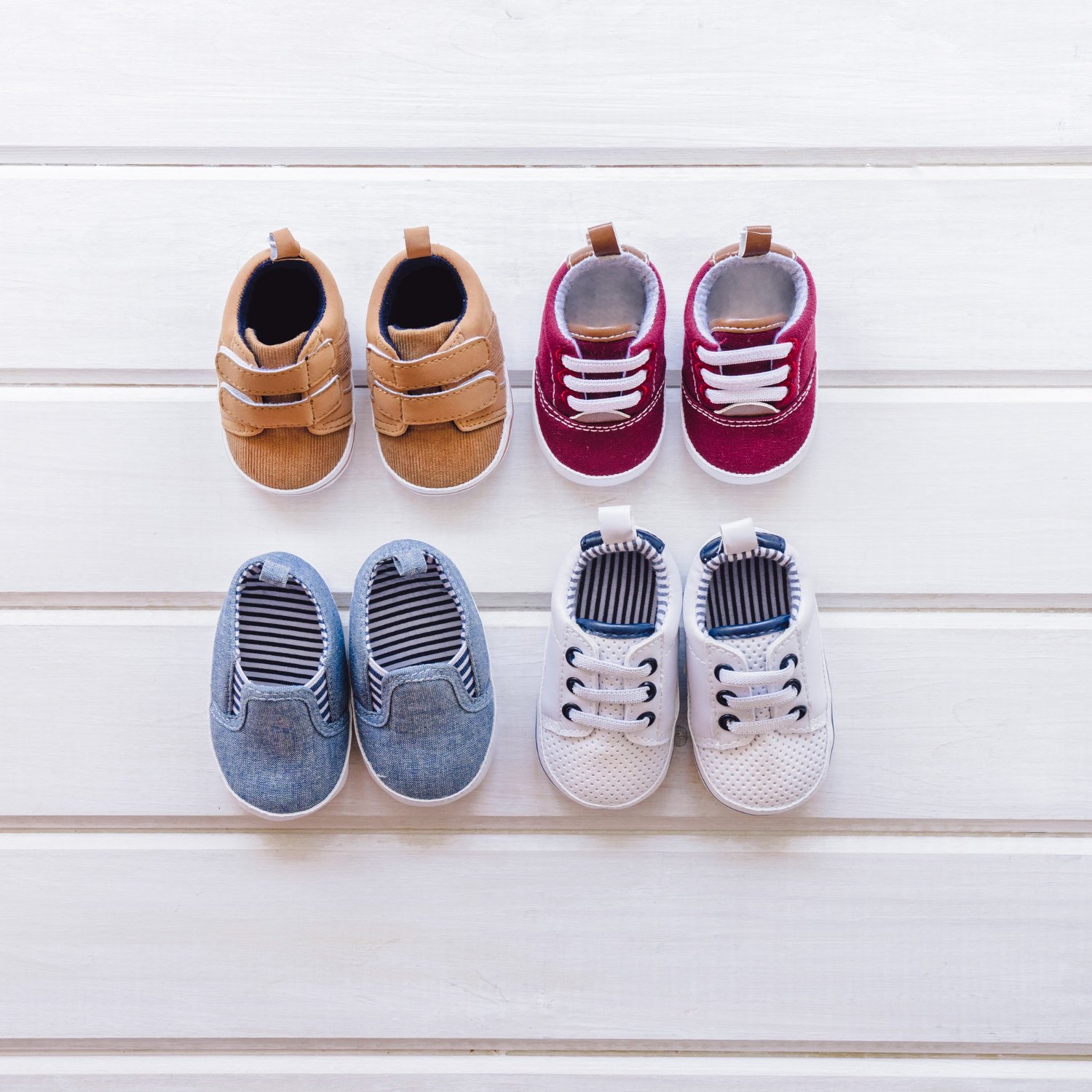Introduction
Baby Shoe Size Chart: As parents, ensuring the comfort and proper development of your baby’s feet is paramount. Choosing the right shoe size is a critical step in this process. This guide will walk you through everything you need to know about baby shoe sizes, from understanding different size charts to tips for measuring your baby’s feet accurately. Let’s dive into the world of baby shoes and find the perfect fit for your little one.
Importance of Properly Fitting Baby Shoes
Properly fitting shoes are essential for your baby’s foot health and overall comfort. Ill-fitting shoes can lead to blisters, calluses, and even long-term foot problems. During the early years, a baby’s feet are growing rapidly and are quite delicate. Shoes that are too tight can restrict this growth, while shoes that are too loose can cause trips and falls.
Understanding Baby Shoe Size Charts
Baby Shoe Size Chart: Baby shoe size charts can be confusing, especially since different countries use different sizing standards. Understanding these charts is the first step to finding the right fit for your baby.
Different Baby Shoe Size Standards
US Shoe Sizes
In the US, baby shoe sizes start from 0 and can go up to 13 for toddlers. Each full size increment is approximately 6.35 mm (1/4 inch) in length.
UK Shoe Sizes
UK sizes for baby shoes start at 0 and can go up to 13, similar to the US. However, the sizing increments are slightly different, making it important to convert accurately.
European Shoe Sizes
European sizes use a single numbering system for children and adults, starting from size 16 for babies. The increments are in centimeters, making it a straightforward measurement system.
Japanese Shoe Sizes
Japan uses the metric system for shoe sizes, measuring in centimeters. This system is very precise, with sizes often coming in 0.5 cm increments.
How to Measure Your Baby’s Feet
Baby Shoe Size Chart: Measuring your baby’s feet accurately is crucial for finding the right shoe size. Here’s a step-by-step guide:
Gather Supplies: You will need a piece of paper, a pencil, and a ruler.
Trace the Foot: Place the paper on a flat surface. Have your baby stand on the paper, and gently trace around each foot with the pencil.
Measure the Length: Using the ruler, measure the length from the heel to the longest toe on both tracings.
Measure the Width: Measure the widest part of each foot.
Record Measurements: Note down the measurements and compare them to the size chart.
Tips for Measuring Baby Feet Accurately
Baby Shoe Size Chart: Measure your baby’s feet in the afternoon or evening when their feet are at their largest.
Ensure your baby is standing upright when measuring.
Measure both feet, as one foot is often slightly larger than the other.
Always use the measurements of the larger foot when selecting shoe sizes.
Baby Shoe Size Chart by Age
Newborn (0-3 Months)
| US Size | UK Size | EU Size | Japanese Size | Foot Length (in) | Foot Length (cm) |
| 0 | 0 | 16 | 8 | 3.25 | 8.3 |
| 1 | 0.5 | 17 | 8.5 | 3.5 | 8.9 |
Infant (3-12 Months)
| US Size | UK Size | EU Size | Japanese Size | Foot Length (in) | Foot Length (cm) |
| 2 | 1 | 18 | 9.5 | 3.75 | 9.5 |
| 3 | 2 | 19 | 10.5 | 4 | 10.2 |
Toddler (1-3 Years)
| US Size | UK Size | EU Size | Japanese Size | Foot Length (in) | Foot Length (cm) |
| 4 | 3 | 20 | 11.5 | 4.5 | 11.4 |
| 5 | 4 | 21 | 12.5 | 4.75 | 12.1 |
| 6 | 5 | 22 | 13.5 | 5 | 12.7 |
Signs Your Baby’s Shoes are the Wrong Size
Red Marks: Check for red marks on your baby’s feet after removing shoes, indicating they might be too tight.
Toe Overhang: If your baby’s toes are hanging over the edge of open-toed shoes, they are too small.
Blisters or Calluses: These are signs of friction due to improper fit.
Difficulty Walking: If your baby is stumbling more than usual, the shoes might be too big or small.
Choosing the Right Baby Shoes
Material: Baby Shoe Size Chart: Look for breathable, flexible materials like soft leather or mesh.
Flexibility: The shoes should bend easily at the ball of the foot.
Support: Ensure there’s adequate support for the arch and ankle.
Fastenings: Velcro or snap closures are easier than laces for quick adjustments.
Best Brands for Baby Shoes
Stride Rite: Known for its durable and comfortable baby shoes.
Carter’s: Offers a wide range of affordable and stylish baby shoes.
Robeez: Specializes in soft-soled shoes that are great for pre-walkers.
See Kai Run: Offers flexible shoes that support natural foot development.
Conclusion: Baby Shoe Size Chart:
Baby Shoe Size Chart: Finding the perfect shoe size for your baby is essential for their comfort and foot health. By understanding different sizing standards, measuring accurately, and choosing the right shoes, you can ensure your baby’s feet are well-supported as they grow. Remember, well-fitting shoes contribute significantly to your baby’s overall well-being and development.
This guide serves as a comprehensive resource for navigating baby shoe sizes, making your shopping experience easier and more informed. Happy shoe shopping!
Frequently Asked Questions
Q:1 How often should I measure my baby’s feet?
A:1 It’s best to measure your baby’s feet every two to three months as they grow rapidly.
Q:2 Can I buy shoes that are a bit bigger for my baby to grow into?
A:2 While it might seem economical, shoes that are too large can cause tripping and discomfort. It’s best to buy shoes that fit well.
Q:3 What should I do if my baby’s feet are different sizes?
A:3 Always buy shoes that fit the larger foot to ensure comfort and proper development.
Q:4 Are hand-me-down shoes okay for my baby?
A:4 It’s generally better to buy new shoes, as used shoes can have wear patterns that might not suit your baby’s feet.
Q:5 How do I know if a shoe is too small?
A:5 If there’s less than a thumb’s width of space between the end of the shoe and the longest toe, it’s too small.
See More



